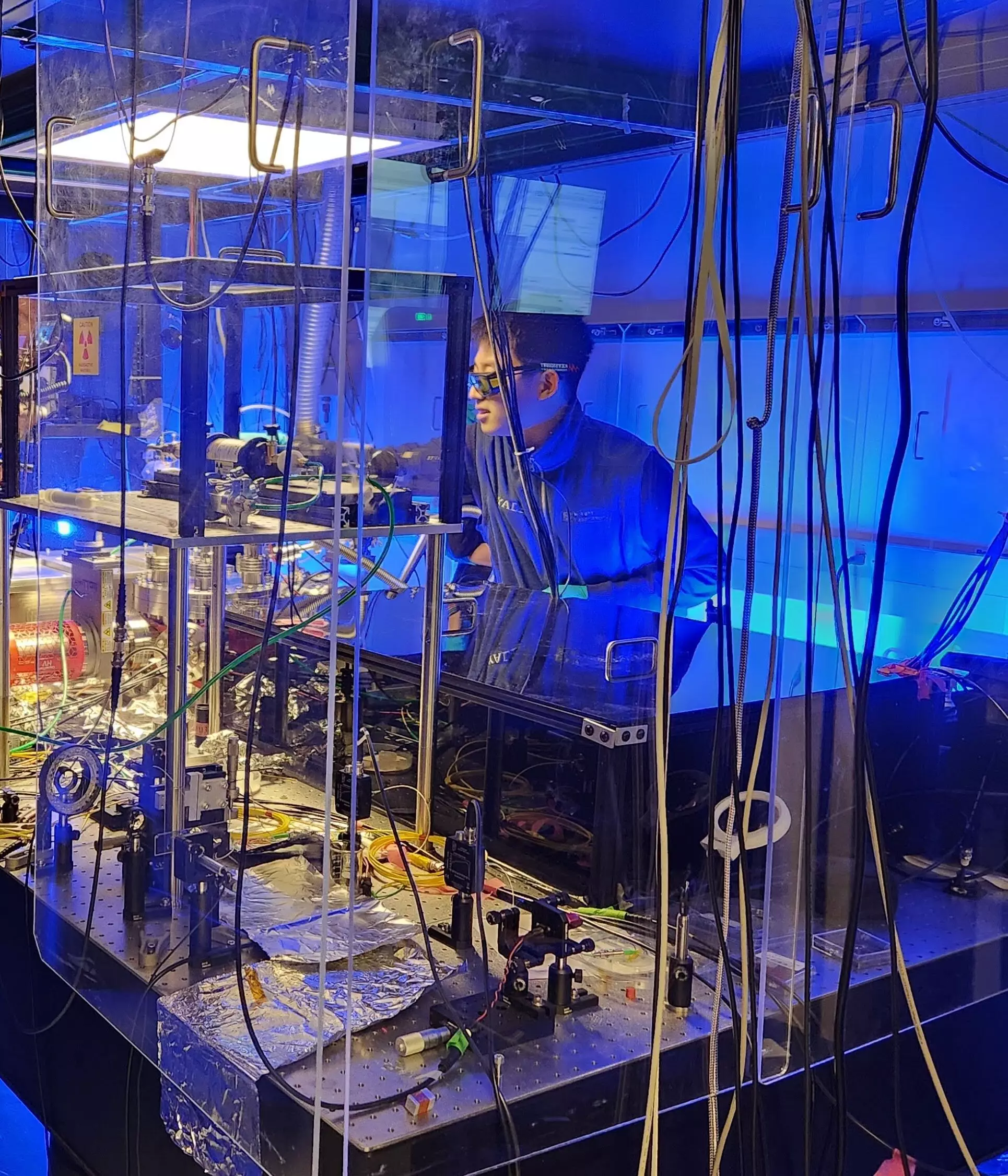In the rapidly evolving world of physics and engineering, recent innovations have dramatically transformed how we perceive and investigate the fundamental components of matter. Sophisticated instruments such as particle detectors, sensors, and accelerometers have become invaluable tools, allowing researchers to delve deeper into the realm of particle interactions with unprecedented precision. This surge in technological advancement is not merely a trend; it represents a pivotal shift in our understanding of complex physical processes, paving the way for groundbreaking discoveries that could redefine scientific paradigms.
One of the most noteworthy developments comes from the research team at Yale University, who have introduced a revolutionary method for detecting nuclear decay events—an essential process through which atomic nuclei release energy in the form of radiation. This method, detailed in their recent publication in *Physical Review Letters*, could unlock new dimensions of understanding in particle physics, particularly in the detection of elusive neutral particles that have historically slipped through the cracks of more traditional detection methods.
Illuminating the Undetectable
The core of this innovative approach lies in its sensitivity to the myriad of particles emitted during nuclear decay, especially those that carry no electric charge. Those charged particles often dominate detection methodologies, but neutral particles pose a significant challenge, often evading detection altogether. Co-author David C. Moore emphasizes the forward-thinking nature of their research, expressing that the sensitivity of their developed micron-scale force sensors and accelerometers is so refined, it can register forces associated with the emission of a single fundamental particle.
The strategy they employ is ingeniously simple yet profound; by monitoring the movement of a minuscule dust-sized particle embedded with radioactive nuclei, the researchers can detect even the rarest nuclear decay events. When a nucleus within the particle decays, its associated energy release is detectable as a change in the electric charge of the particle. This capability elevates their detection method above conventional techniques, offering insights not just into particle behavior but also into the characteristics of the materials that comprise our universe.
Precision Measurement and Quantum Applications
The implications of this research extend far beyond mere nuclear physics. Their initial experiments yielded a remarkable ability to recognize individual nuclear decays and measure the resultant particle recoil with nanometer precision, a feat that brings us closer to grasping the subtleties of quantum interactions. As Moore notes, the capability to detect decays that occur infrequently—such as just once a day—opens a treasure trove of research opportunities, particularly in fields related to nuclear monitoring and non-proliferation.
One of the most intriguing potential applications of this detection method is its use in the search for dark matter and exotic particles. These elusive components are thought to constitute a significant portion of the universe yet remain largely undetectable with current methodologies. The innovative approach introduced by Moore and his team could fundamentally change the landscape of particle physics research by providing tools to explore these hidden phenomena.
Future Horizons: Nanoparticles and Beyond
Looking ahead, the researchers are ambitiously aiming to extend their techniques to even smaller nanoparticles. This vision holds the promise of detecting minute particle interactions, such as the momentum kick from a single neutrino, which could revolutionize our understanding of neutrino physics. The ability to capture such subtle phenomena would signify a monumental leap in both experimental capabilities and theoretical insights, further challenging and expanding our current scientific boundaries.
What this research illustrates is the resilience and creativity of the scientific community in addressing intricate challenges within particle detection. As we stand on the brink of potential breakthroughs, it’s crucial to recognize that these advancements are not merely steps in a linear progression; rather, they represent paradigm shifts that could redefine the very foundations of our understanding of matter and the universe itself. The quest for knowledge continues, propelled by innovative thinking and cutting-edge technology, inviting us to envision a future rich with possibility in the vast landscape of quantum physics.

